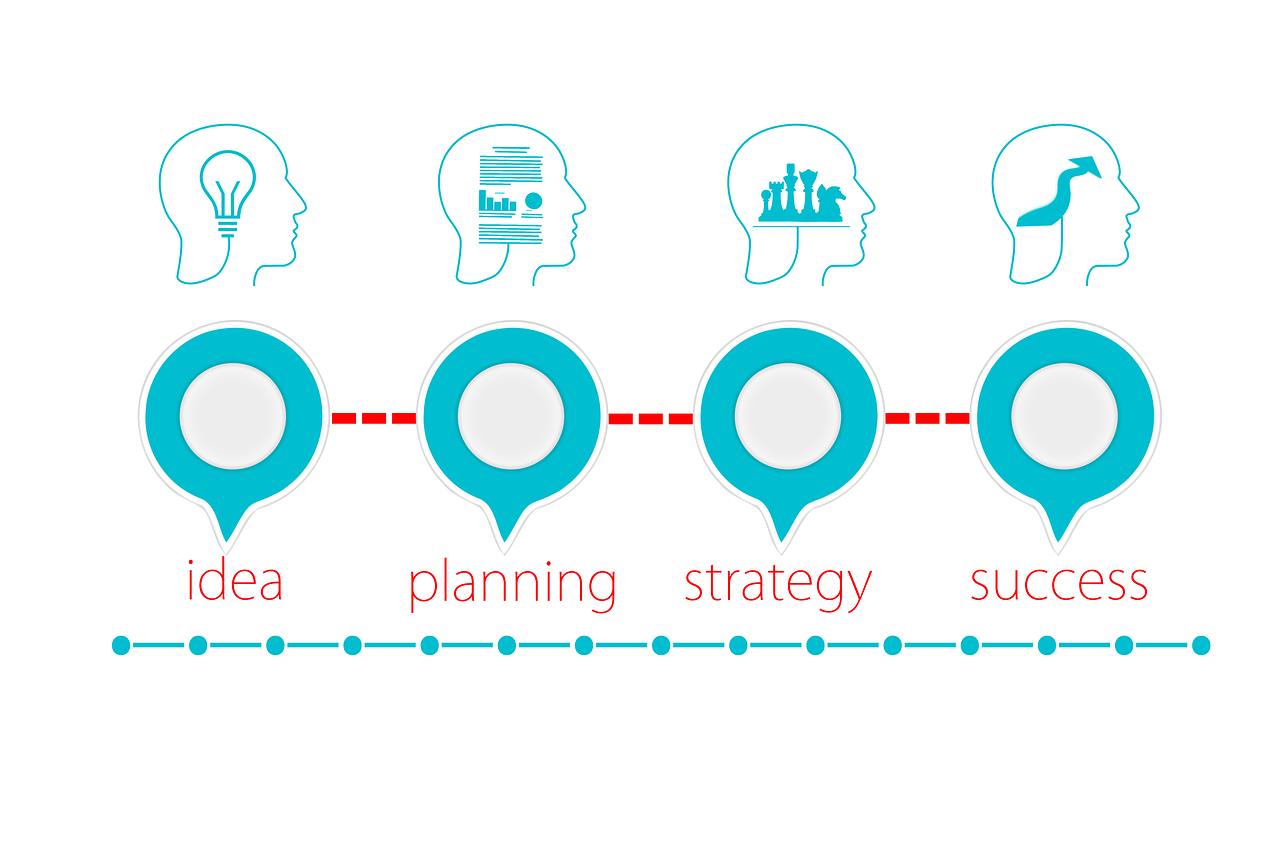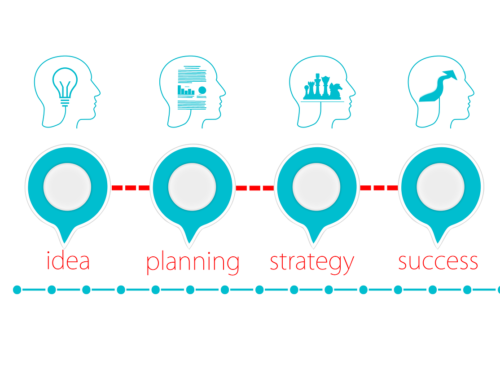
Identifying the target market is a crucial aspect of any author’s strategy, requiring a systematic approach. Here are some steps to guide the process:
- Define Book Genre and Theme: Clearly delineate the genre and theme of the book. Understanding the overarching category and subject matter provides a foundational context for identifying the target audience.
- Analyze Similar Authors: Examine authors who have a similar writing style or explore comparable themes. Analyzing the readership of such authors can offer insights into potential overlap with your target market.
- Utilize Demographic Data: Leverage demographic data to pinpoint key characteristics of potential readers. Consider factors such as age, gender, location, education, and socio-economic status. This information aids in tailoring content to suit the preferences of the target audience.
- Reader Surveys and Feedback: Conduct surveys or gather feedback from beta readers. This direct interaction provides invaluable information about the demographics and preferences of your existing or potential readership.
- Social Media Analytics: Scrutinize social media platforms for engagement metrics and audience demographics. Platforms like Facebook, Twitter, or Instagram offer tools to analyze the demographics of followers and engagement patterns.
- Bookstore and Online Retailer Insights: Explore sales data and customer reviews on platforms like Amazon. This data can illuminate the characteristics of those who are purchasing similar books.
- Engage with Writing Communities: Participate in writing communities and forums where discussions about similar genres or themes take place. Engaging with potential readers directly can provide qualitative insights into their preferences.
- Refine Based on Data: Periodically reassess and refine your understanding of the target market based on collected data and evolving trends. Flexibility in adapting to changing reader preferences is essential.
- Test Marketing Strategies: Implement small-scale marketing strategies to test the appeal of your book within different demographic segments. Analyze the effectiveness of these strategies to fine-tune your approach.
- Iterative Process: Recognize that identifying the target market is an iterative process. As your book gains traction, feedback and sales data will contribute to a more nuanced understanding of your readership.
By approaching the identification of a target market systematically and utilizing available data sources, authors can make informed decisions to optimize their reach and engagement.
Our Services






















